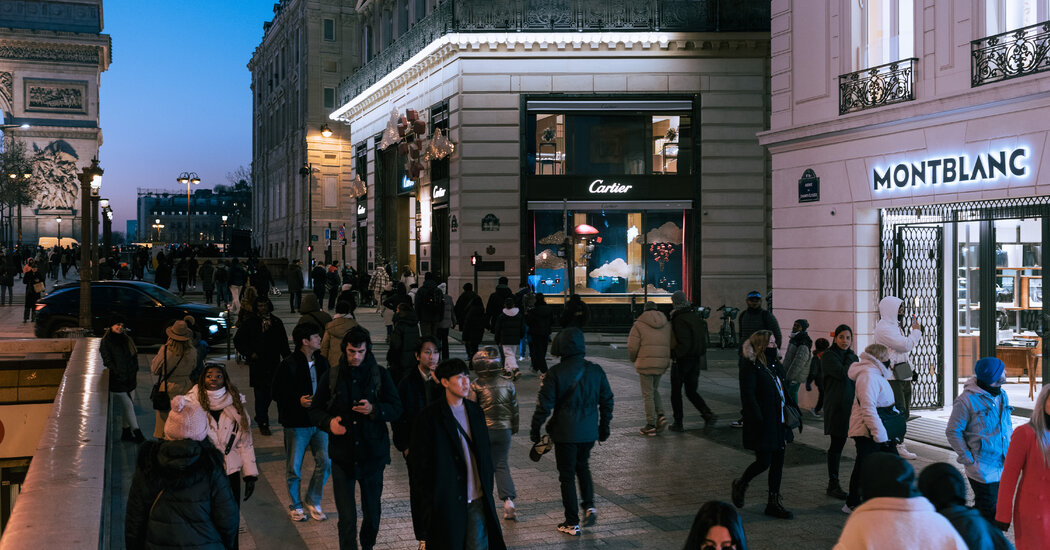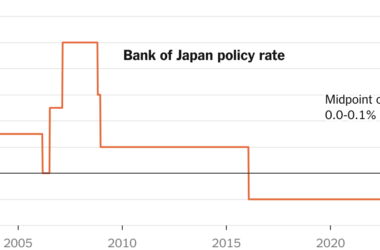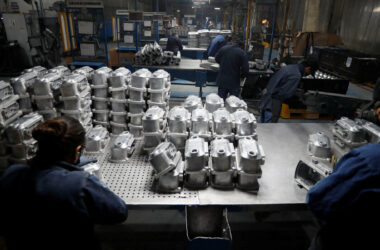The News
Inflation rates across most economies in Europe continued their descent last month. Consumer prices in the 20 countries that use the euro as their currency rose at an annual rate of 2.6 percent in February, down from 2.8 percent in January, the statistical office of the European Commission reported on Friday.
Why It Matters: Interest rates won’t go down until inflation does.
The sooner inflation rates drop closer to the European Central Bank’s target of 2 percent, the sooner the bank may be inclined to lower interest rates, which stand at 4 percent. Christine Lagarde, the bank’s president, has said she expects inflation will continue to slow given how much energy prices have declined from the nosebleed levels they reached in 2022. The easing of supply chain blockages has also dampened inflation pressures.
Still, policymakers at the bank remain cautious about when to ease the fight against inflation. At a meeting of the European Parliament this week, Ms. Lagarde noted that demands for higher wages were strong, a force that can lead to higher prices. “Wage growth is expected to become an increasingly important driver of inflation dynamics in the coming quarters,” she said.
The bank also keeps a close eye on core inflation, which strips out volatile food and energy prices. That annual figure dropped to 3.1 from 3.3 percent, but it is still significantly above the headline number. Consumer prices for some goods and services are still rising.
Central bankers are scheduled to meet next week, but most analysts don’t expect interest rates to drop until the middle of the year.
The Numbers: Country-by-country scorecards.
Europe’s two largest economies, Germany and France, both reported drops in consumer prices. Germany’s annual rate fell to 2.7 percent in February from 3.1 percent the previous month. France registered a decline to 3.1 percent, its lowest level in two and a half years, from 3.4 percent. In Spain, the annual rate dropped to 2.9 percent from 3.5 percent in January.
Italy and Latvia had the lowest inflation rates, below 1 percent. Austria, Croatia and Estonia were at the top end, with rates above 4 percent.
Bottom Line: It’s all about energy prices.
“This is still mainly an energy-based story,” said Carsten Brzeski, an economist at the Dutch bank ING, referring to the decline in prices from last year. “What we’re seeing in terms of year-over-year inflation is dropping prices in oil, gas and electricity.”




